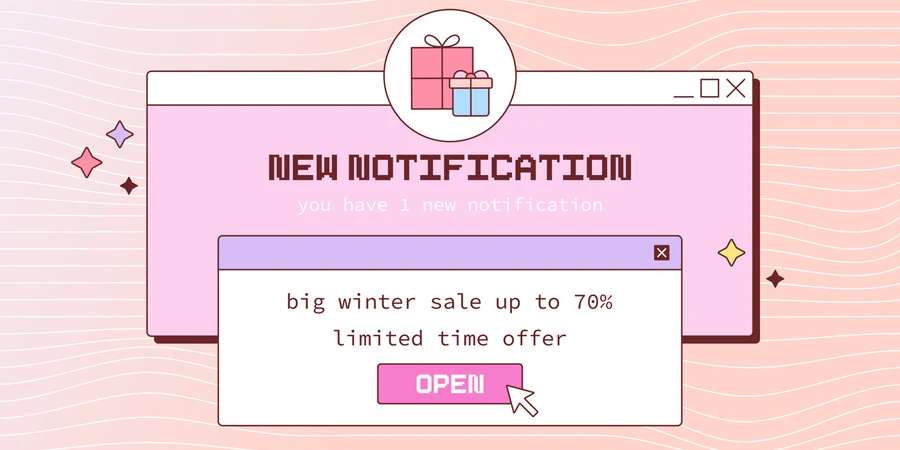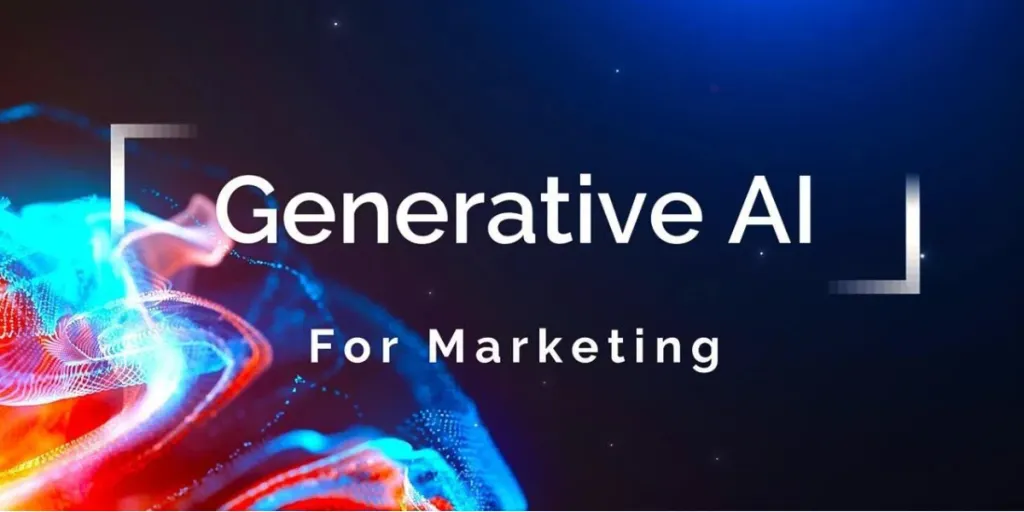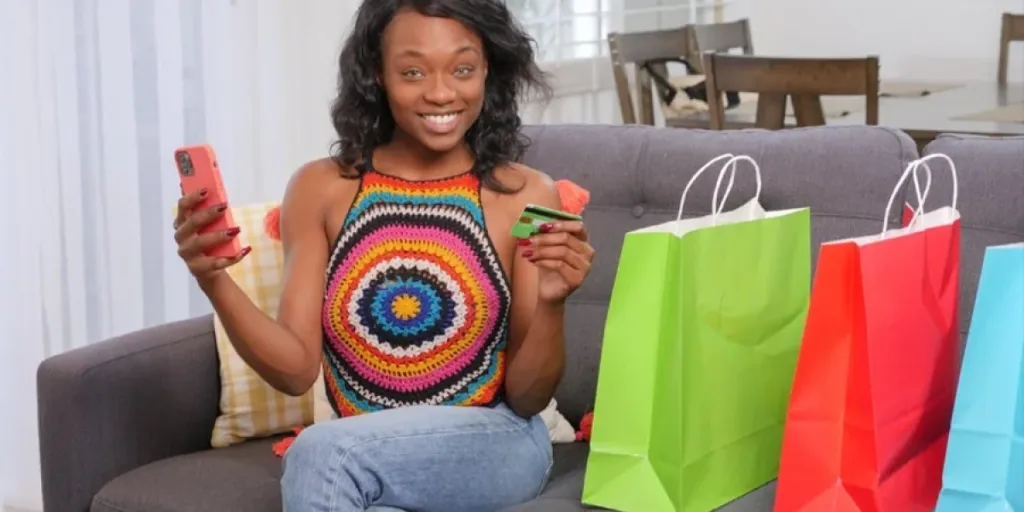It’s a common belief among marketers that popups are intrusive and hated by users. The truth is, if crafted well and used strategically, popups excel at driving engagement, capturing leads, and boosting conversions.
Research has found that popups have a 3% conversion rate on average. However, smart popups, tailored to your goals and audience, can see much higher rates, exceeding 9%.
Of course, achieving such impressive conversion rates requires attention-grabbing, compelling, and unique popups.
So in this article, we’ve compiled 9 popup types—with real examples—that marketers can leverage in 2024. We’ll guide you through the leading options to improve your marketing efforts.
Let’s dive in.
What is a popup?
A popup is a window that appears in front of a webpage’s main content. It contains a special message, deal, or activity that is relevant to the visitor, often in exchange for an email address.
Popups are generated by JavaScript code inserted into your website’s HTML. You can schedule popups to display at strategic times, like the moment a visitor arrives, once they’ve scrolled halfway down a page, is idle, or prepares to exit a webpage.
Popups can be set to different sizes, from a discreet box in the corner to full screen.
Check out this welcome mat popup from Emma Bridgewater. It features a stunning image of their ceramic mugs, a discount offer, and a simple signup form.
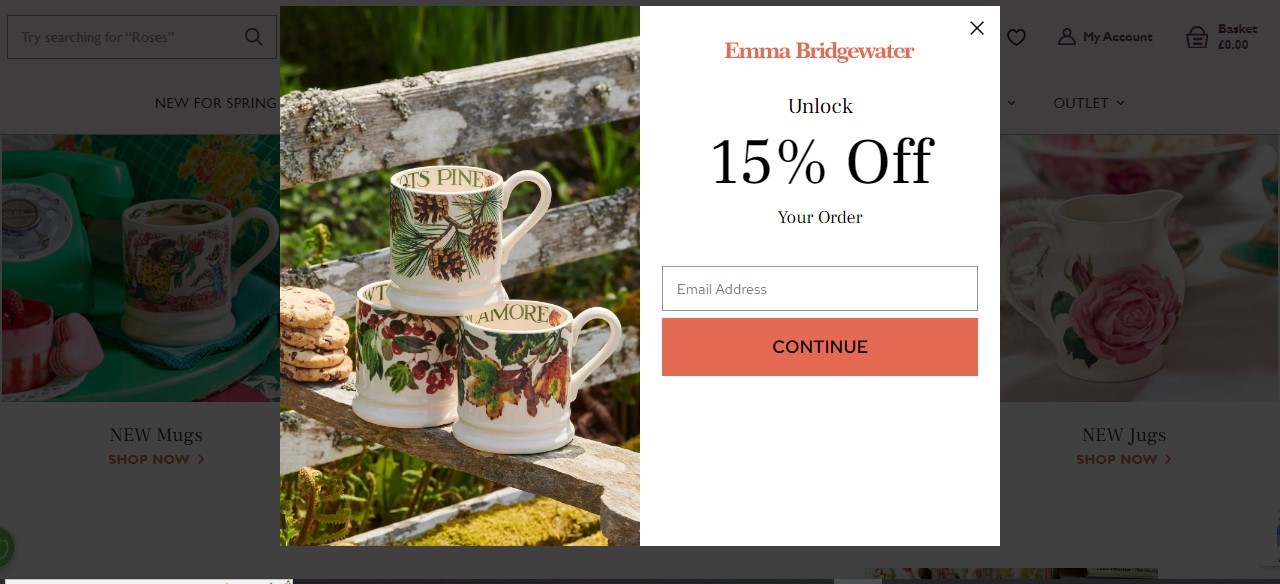
Do popups work?
Absolutely! When used strategically, popups can be highly effective in engaging visitors and compelling them to perform the action you desire. They can be a valuable asset in your marketing toolkit in the following ways:
- Increase conversion: Popups nudge visitors to take action using compelling messages or offers.
- Gather leads: Popup signup forms can help you gather valuable visitor information such as their email address, phone number, and custom data.
- Showcase your offers: Popups are a great way to showcase your best deals, promotions, or exclusive offerings.
- Promote high-value content: Popups promote your premium content by increasing visibility and using targeted messages. They can also consider user behavior to optimize engagement on your content.
9 common popup types you can make
There’s a wide range of popup windows you can choose for your website. Each has the potential to deliver impressive conversion and engagement rates according to your goal.
Let’s explore the 9 best popups you can create and use in 2024.
1. Lightbox
Lightbox popups are designed to capture the reader’s full attention by sliding in front of page content and darkening the background. They’re great for growing your email list.
The best lightbox popups incorporate visual elements effectively. To improve yours and grab your reader’s attention, consider incorporating high-quality images of your best-selling products and services, GIFs, or some eye-catching animations.
Additionally, using bold minimalist text conveys urgency while including a compelling lead magnet that encourages your audience to take the desired action.
Here’s an impressive lightbox email popup example by Lugz. Its purpose is to gather more email subscribers. It features a striking image of their best seller, an offer in bold, and a clear CTA. The popups communicates the brand’s message with a clean design and simple language:
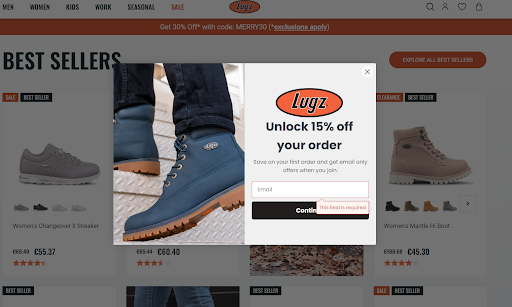
2. Gamified
Gamified popups employ game elements to boost user engagement. They encourage visitors to play and win a prize, such as a discount or exclusive access, if they provide their information.
Gamified popups feature vibrant colors and games, such as the Wheel of Fortune. They can also include a countdown timer to capture the visitor’s interest and create urgency.
Besides helping you build your email list, this popup’s prize-winning element can boost conversions—Omnisend’s Wheel of Fortune has a conversion rate of 10%.
The Wheel of Fortune features an interactive fun element that entices visitors to provide their email addresses. A playful spin provides the opportunity to win a discount, free shipping, or anything else you choose:
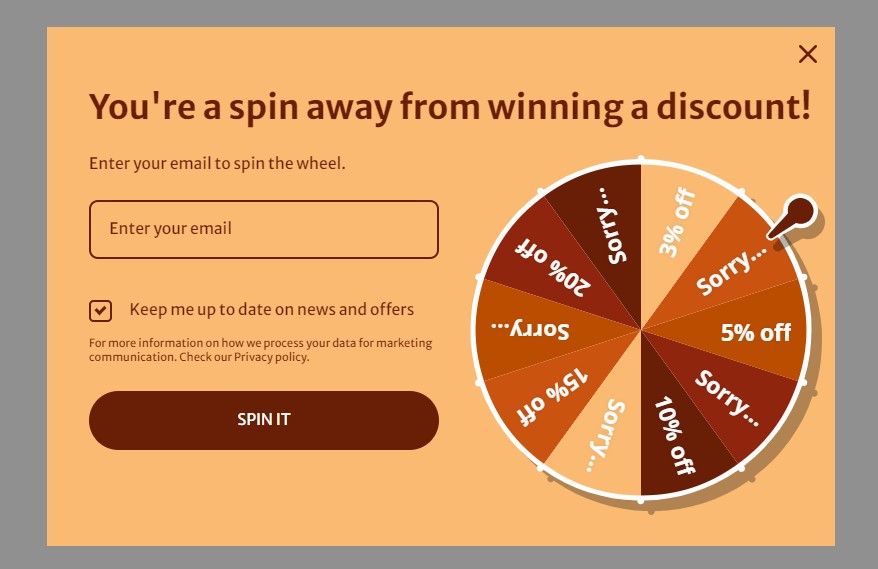
3. Exit-intent
Exit-intent popups capture the attention of visitors on the verge of leaving. They’re usually triggered when the visitor moves their mouse toward the top of the browser.
Semrush research reports that 41-55% of visitors will leave a website without further interaction. Exit-intent popups allow you to target these high-risk users and keep them engaged.
Fine-tuned exit-intent popups feature an incentive, such as a discounted offer. They can also contain a bold attention-grabbing headline, high-quality visuals, and brief but compelling copy.
Consider this exit-intent popup from Coschedule. Notice how it highlights the benefits of the offering: it only takes 30 seconds to install, and it helps you stand out from 2+ million other headlines:
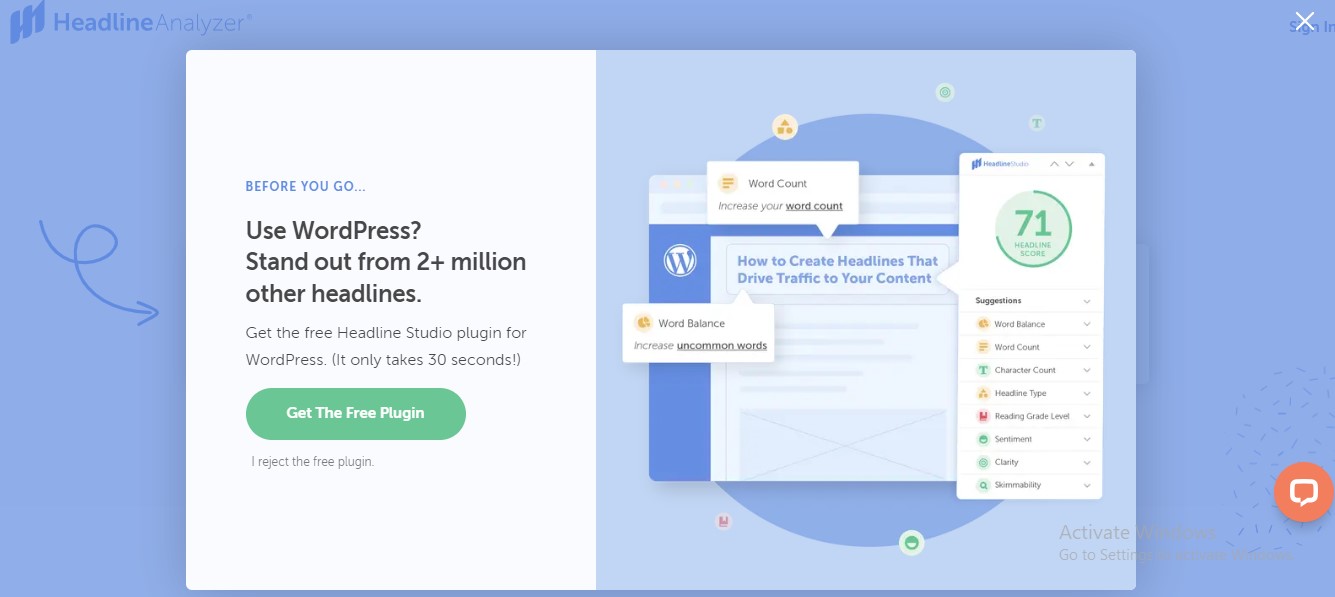
4. Fullscreen
Fullscreen popups take over the entire browser window, commanding the visitor’s full attention. They may be a bit bold, but they’re hard to ignore. However, use them sparingly to avoid frustrating visitors.
This type of popup interrupts browsing to show an important message or promotion. The user has to engage with it before continuing on the site.
Neil Patel employs fullscreen popups skillfully to promote high-value content in this example. Besides highlighting the benefits users gain from the offer, this popup asks the visitor some quick questions to provide a personalized solution:
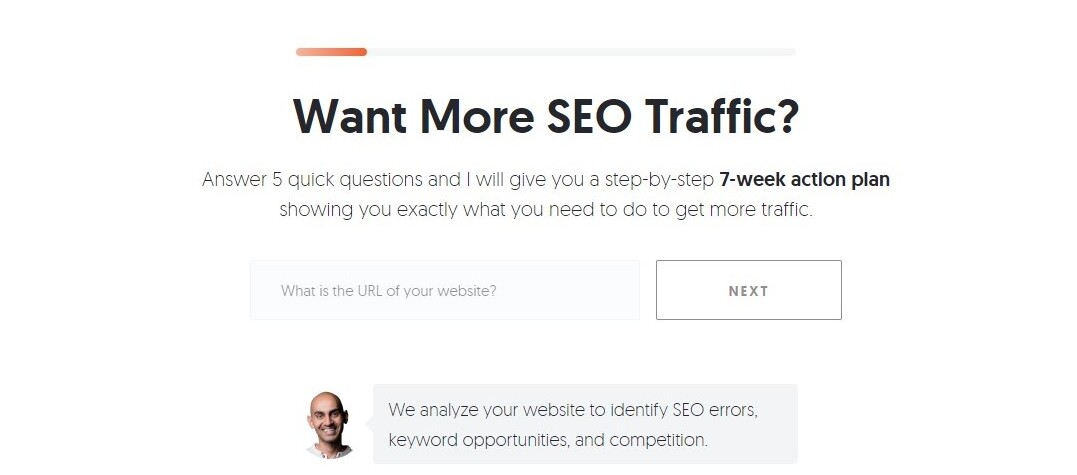
5. Scroll-in
Scroll-in popups slide onto the screen from the bottom as a reader scrolls down a web page. They are triggered by the scrolling motion, appearing partway through a page.
Scroll-ins are subtle and less intrusive than most popups. You can show additional content relevant to the page the visitor is on, or use them to show surveys, signup forms, offers, and more.
Effective scroll-in popups slide up in the scrolling path, grabbing the reader’s attention with the motion. They can be enhanced by adding high-quality visuals and contrasting colors.
Here’s an ideal scroll-in popup from Aloha. It appears subtly as the visitor scrolls, so it doesn’t interrupt the visitor’s browsing experience while showing a valuable incentive.
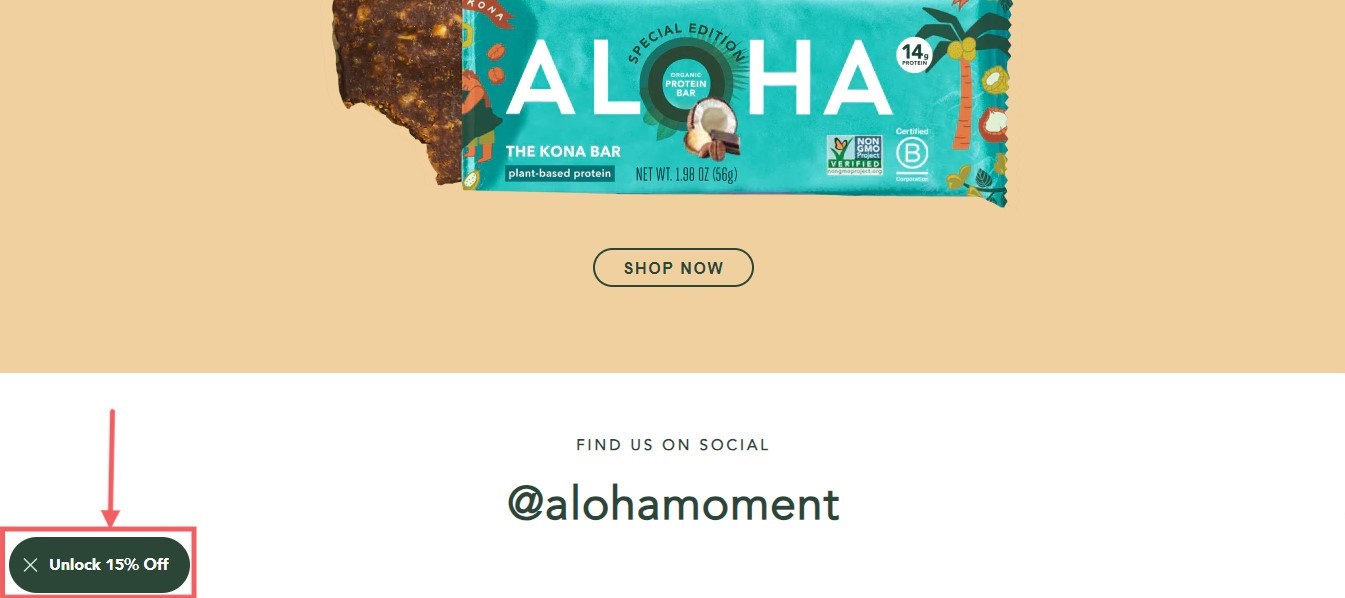
6. On-click
On-click popups appear when a reader clicks or taps specific elements on a webpage like a button, link, or image. This way, you know they only appear to someone who is engaged with your site.
The effectiveness of on-click popups lies in their ability to capture attention without being intrusive.
Optimized on-click popups have personalized features that align with the visitor’s journey. They also contain eye-catching visuals and headlines, concise messaging, an incentive, and a clear CTA.
Here’s a good example on-click popup from Stays that’s triggered by clicking the ‘Try it Free’ button. It features an opt-in form that gathers visitor info and grants the visitor access to the software—it’s a win-win.
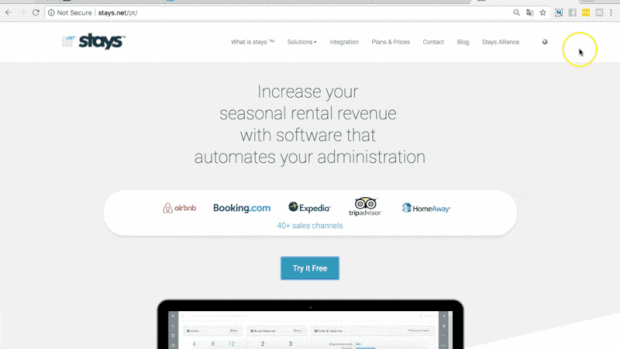
7. Floating bar
Floating bars usually hover at the top of a website as a ribbon. They’re always visible, making them great for displaying site-wide announcements, appealing offers, and limited sales.
Effective floating bars are eye-catching with concise messaging and a clear CTA. They must also be strategically placed. To improve them, consider simplistic text, a contrasting background, and a countdown timer. Personalize them according to your audience.
Here’s a classic example of a floating bar from Similarweb. This one features an emoji–a visual element–a site-wide announcement, a contrasting background, and an urgency-evoking CTA.

8. Yes/No
Yes/No popups present the reader with two choices: yes or no. They simplify a visitor’s decision by asking them to confirm or decline a specific action.
They’re ideal for tasks that require yes/no choices. These include newsletter signups, discount offers, exit intent, survey participation, confirmation messages, and more.
Ideal yes/no popups feature a more visually appealing Yes button, minimalist text, intriguing high-quality visuals, and a clear CTA. They also include persuasive copy that gets triggered at a moment that aligns with the visitor’s journey.
Take a look at this Proweb’s cookie consent popup. It mixes humor into the copy and complements it with an interesting cookie image and easy yes/no choices:
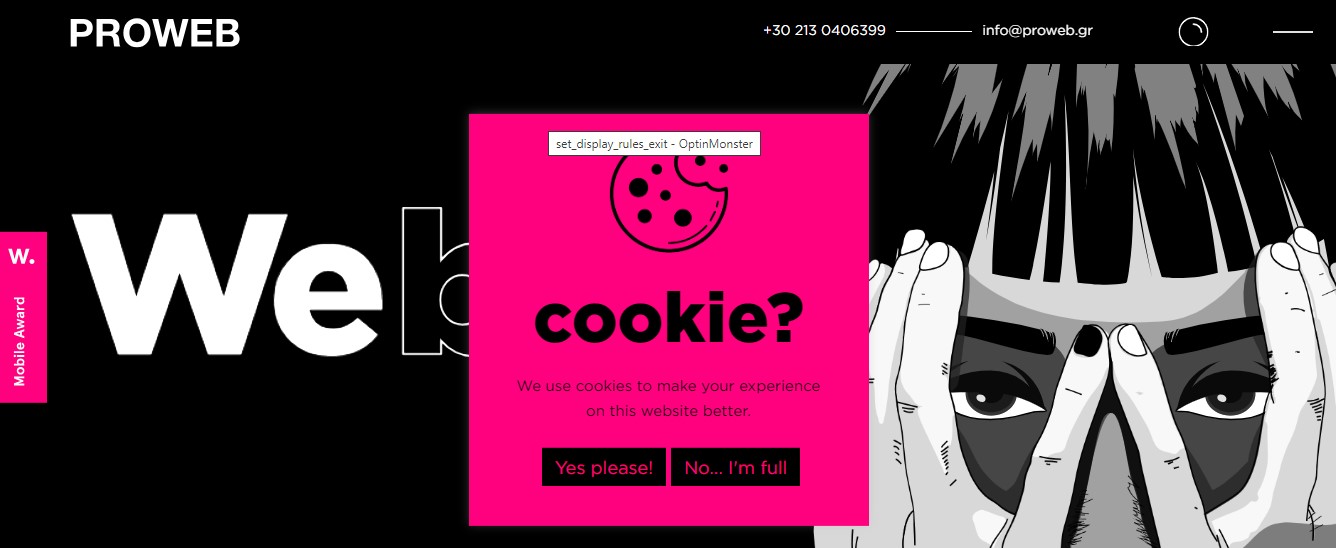
9. Yes/Yes
Yes/Yes popups present two positive options (Yes/Yes) to compel users to take the action you want. Sometimes, the options can be variations of yes/yes options, such as “Take 10% off now” or “No thanks, I’ll shop full price.”
Ideal Yes/Yes popups are great in double opt-in confirmation, customization choices, layered subscription plans, and more.
Here’s an interesting example of a Yes/Yes popup from The Fit. It features two ‘yes’ options: one to take a challenge and the other to continue shopping. Either way, the options direct the visitor to different parts of the website.
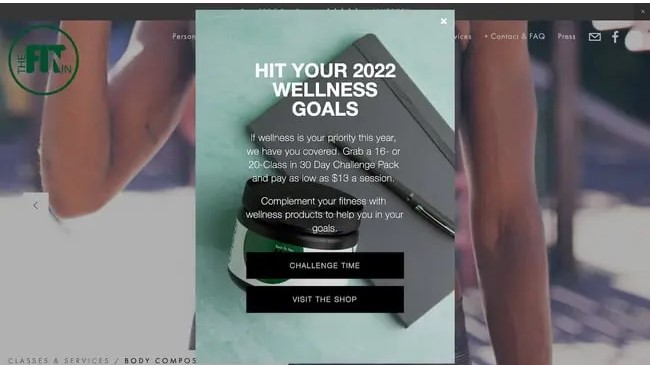
Wrap up
Popups are among the most flexible tools for marketers today. Each type offers various ways to grab users’ attention and encourage action when they’re most likely to respond.
Source from Omnisend
Disclaimer: The information set forth above is provided by omnisend.com independently of Alibaba.com. Alibaba.com makes no representation and warranties as to the quality and reliability of the seller and products.
